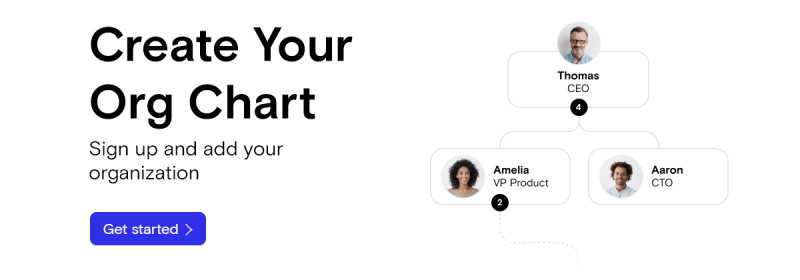- Iterate
- Employee Engagement & Retention
- Tips for Managing Remote Workers
Table of contents
Whether you’ve worked remote before or recently started, it creates challenges for team collaboration and productivity. Read our tips for managing your remote team.
Today’s challenges for companies now include managing remote teams. While some organizations have already set up remote work systems and processes, many have been forced to adapt due to the Covid-19 pandemic. For those companies that are new to remote work, they need to devise ways to maintain efficiency and productivity.
In order to do this, managers first need to understand that remote work has unique challenges. Working from home may not be favorable for some employees who are now required to do so as it may create isolation and a lack of engagement.
The lack of face-to-face interaction on a regular basis, outside of video calls, can have a large impact on a team’s ability to collaborate. Distractions at home may also affect productivity. All these issues can significantly lower the performance of employees.
That being said, working remote provides many new opportunities, not only for your team, but also your organization. It minimizes the need for expensive office space and allows your employees to work in an environment, and manner, that best suits them.
To make working remote an opportunity and not a hindrance, here are some ways you can effectively manage and work with your team from afar:
1. Set-up Regular Check-ins and 1:1s
Just because you don’t see your remote employees every day doesn’t mean that you can’t keep in touch with them. In fact, it’s even more important to regularly touch base with your team so that you can stay updated with their progress at work and get a gauge on their current mindset. Having regular calls with them can give structure to their days as they work from home. These calls can also be their opportunity to consult with you about concerns they might have about their tasks.
Regular calls can be done one-on-one, but in cases where teamwork is required, it’s recommended to have a group call, so that everyone can be in sync about the developments of their tasks and give input to foster collaboration. These interactions will be more effective when done via video as they allow for visual cues.
During these regular check-ins, you can also check on how your team is coping as they work from home, or even about how they’re coping with any issues outside of work. Checking in with your team in this way shows that you care about them as people and not just as employees.
2. Keep track of progress
Decreased visible supervision poses a legitimate concern for companies because there is uncertainty whether employees are as productive as they are in the office. To be able to allow them to track their progress and productivity with you, you can set up trackers they can update as they progress with their work. It will allow you and your team to see if and where adjustments need to be made to improve productivity despite the new remote setup.
3. Offer coaching
An organization that shifts from office work to remote work undergoes abrupt changes that employees may not be able to cope with immediately. This is when coaching is important in guiding your remote team. You can start conducting mentoring programs that will help them transition from the former working style to the new normal one.
Tell your remote employees which company regulations have changed, and which ones remain. You can also discuss and clarify with them any issues and concerns they may have. This level of transparency will allow you to properly inform them of the new expectations that come along with this shift.
4. Recognize well-performing members
Recognition is an effective method of keeping your remote workers motivated. While remote work may not be what they signed up for, many can flourish in such a system. Acknowledging the good work they have done not only gives them the credit they deserve, it can also encourage other remote workers to level up their game.
By recognizing well-performing members, you can also identify what they uniquely do and develop this into becoming part of your remote team’s best practices. You can learn what can work best for your team and the organization while making sure that your effective remote employees feel that their efforts are seen.
One great way to do that is with a public org chart. A public org chart lets you shape how your company is perceived internally and externally. It puts your team and people above all, and helps everyone feel included and recognized as part of a collective whole. You can get one today on The Org:
5. Provide encouragement and emotional support
Motivating remote teams is critical in making sure that everyone is working in accordance with the organization’s objectives. This is even more important for newly transitioned remote workers. Sudden isolation from their co-workers can cause alienation and this may adversely affect their performance. Communicate your readiness to give them support whenever they need it. Show that you care not only about their results and productivity but also their wellbeing. Being an engaging and supportive manager can help them remain motivated in completing their tasks and adjust better to their new work setup.
These are some of the tips you can implement on how to manage your remote employees. These may require time, consistent practice, and patience but once you get the hang of it, you can become more capable of managing your remote workers.


The ORG helps
you hire great
candidates
Free to use – try today
